Convincing users to spend more time on a website is not easy. It’s much more difficult to keep readers who’ve come to the site for the sole purpose of knowing about a specific subject. Website owners are improving their skills on this subject day by day by using interesting methods. Some of these methods are successful, and some fail. There is no doubt about it. However, today I will tell you about a method with quite high success. It is called interlinking.
Interlinking Explained
We can define it as a hyperlink simply. Hyperlink’s purpose is to inform visitors that there’s another page on the website that may help them learn more about the subject. Interlinks allow reflecting these hyperlinks as a phrase on the relevant web page.
If you are into SEO, you may know them as internal backlinks. These help website owners create hyperlinks between their posts. Since you are aware of internal links, you also know how effective they are in improving your website’s SEO. That’s why check out our how to make a hyperlink article to learn. In this way, you can drive traffic to your other pages through readers visiting your website. The biggest benefit of internal links to SEO is authority transfer. That is actually the most important feature of all backlinks.
Thanks to backlinks, web pages transfer their authority to each other. Thus, their authority on a particular subject increases reciprocally. The important thing here is, of course, there is an issue. The topics of these web pages must be relevant and permalinks, and the keywords must match up. Let’s examine in more detail how useful interlinks are for websites.

Advantages of Interlinking
Interlinking, also known as internal linking, refers to the practice of connecting different pages or content within the same website through hyperlinks. These links help users navigate the website and also play a crucial role in SEO (Search Engine Optimization). Here are the some advantages of interlinks:
Improved Website Navigation
Interlinks enhance the overall user experience by providing accessible and intuitive navigation. When users find relevant internal links, they can quickly access other related content, reducing the chances of getting lost and increasing the time spent on your site. This can lead to higher user engagement and satisfaction.
Enhanced SEO and Ranking
Search engines use internal links to discover and index content on your website. When you interlink relevant pages, it helps search engine crawlers understand the structure of your site and the relationships between different pages. Proper internal linking can improve the overall visibility of your content in search results and positively impact your website’s ranking.
Page Authority
Interlinking allows you to spread the “authority” or “link juice” among various pages on your website. Pages that have more internal links directing to them are seen as more important by search engines and can potentially rank higher in search results. By strategically interlinking your content, you can boost specific pages’ visibility and SEO value.
Lower Bounce Rate
Bounce rate refers to the percentage of visitors who leave a website after viewing only one page. Effective internal linking can help reduce the bounce rate by allowing users to explore other relevant pages. Users who find valuable and exciting content through internal links are more likely to continue browsing your site, thus increasing overall engagement.
Better User Experience
Everyone knows how important interlinks are for SEO. However, you can be sure that it benefits the user experience of your website at least as much as this. The impact of a savvy interlink structure on the user experience is quite positive. The most important thing to achieve this is a functional drop-down menu. At the same time, it should be at a level that can meet the needs of these users. At the same time, it should be at a level that can meet user intent. The element that may provide this on websites is called the navigation bar. It must include links to relevant topical content to provide this.
Providing clear labels for each link also has many positive effects on the user experience. First of all, it highly boosts further website interaction. Obviously, this will increase the length of your visitors’ sessions on your website. It also has a tremendous effect on conversion rates. Because the longer the dwell time, the more likely your visitors will complete the desired conversion.
Interlinks have another important contribution to the user experience. It is incredibly difficult for visitors to find a previously visited web page again via direct traffic methods. That will undoubtedly annoy them. That’s exactly how having an optimized anchor text in the URL helps your visitors. Deep links also help them with this. They achieve this by properly indexing the web pages.
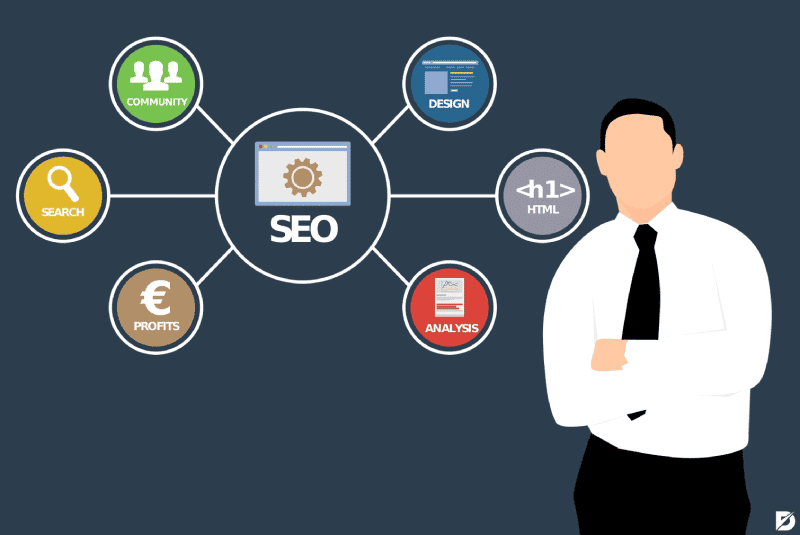
How Interlinking Affects the Website Architecture
How should the internal link structure be included in the website architecture? They must follow a pyramid formation. Let’s explain this formation more clearly. That is an architectural structure based on your home page at the top. The layout below this is in the form of category and cornerstone pages. They provide deep links to product pages or related blogs on the website. There’s a reason this type of formation is important to SEO. Because almost every search engine considers all pages in a link directly to the home page with a priority.
Doing so will decrease the total number of links between the page in question and the home page. At the same time, it will move the home page to the position of the most authoritative page of the website. Because this formation allows the home page to become the page with the most interlinks on the website. The biggest advantage of this architecture is that it opens up another opportunity. That may help you increase the authority of other web pages on your website. The way to accomplish this is to take advantage of this rising authority of your home page. Interlinking the homepage will spread its authority to other pages on your website. That will have a positive effect on the SERP rankings of all pages.
What we’ve said so far is the reason why navigation bars are so important in website architecture. Its functionality ensures that despite the growth of your website, the number of links between all pages with the home page remains as low as possible. There are many link placement anatomy that you can take advantage of while creating the layout of your website. Each of these has different effects on your website’s SEO and user experience. Read our “What are Internal and External Links” to learn more about link-building.
Considerations While Adding Content Links
Interlinks do not contribute much to indexing. It is certain that they do not contribute as much as the external links. Despite that, they make a significant contribution to the user experience of websites. Because they have a source material function within the content. However, there are some things to consider while adding interlinks to get the most out of them. First, let’s explain bold content links. That is an effective way to make them stand out visually in content. In this way, you can encourage users to click on them. However, the most important thing to consider while placing these links is relevance. If the link is irrelevant, it will have the opposite effect. In this case, users will immediately leave the web page with irrelevant content. As a result, this will increase the bounce rate.
One of the important issues that you should pay attention to while adding interlinks to the content is broken links. Because broken links on web pages have a negative effect on user experience. Detect and remove them or redirect them to the relevant pages.
One of the important dynamics that increases the bounce rate on web pages is the loading speed. According to Google, web pages that take longer than three seconds to open negatively affect the user experience. So much so that two out of every three users leave these pages without waiting for them to open.
One of the issues you should pay attention to is the distance of the linked web pages from the conversion pages. Users should be able to access these pages with a single click. Also, make sure that the pages they access include your call to action.

Functions Of Interlinks On Websites
So far, we have talked about the contribution of interlinks to user experience and SEO. Now, do you want to build the architecture of your website with an advanced interlink structure? If you think so, you are on the right track, undoubtedly. But before attempting this job, wouldn’t you like to know what functions they perform to improve UX and SEO? If your answer is yes, let’s get started.
As you know, before indexing a web page, Google sends its spiders to crawl it. However, spiders may not find every page easily. That is especially true for pages that do not have any backlinks. Interlinks open pathways to web pages that Google spiders have difficulty accessing. Interlinks also help you categorize web pages. They do this based on keywords in anchor texts or URLs. Anchor text keywords also have another function for interlinks. Interlinks also help user intent by using them.
One of the most important functions of interlinks is its contribution to organizing the website architecture. Thus, it allows Google to recognize important web pages on your website. Besides, their contribution to promotional campaigns is too great to ignore. They highlight links from promotional campaigns. Thus, they make them more noticeable.
What Do Internal Links Mean for Googlebots?
Internal links are paramount for Googlebot, the web-crawling bot used by Google to index and rank web pages. These links serve as digital highways that connect different pages within a website. Following internal links, Googlebot can efficiently navigate a site’s content, discovering and understanding the relationships between various pages. This process aids in establishing a clear site structure and hierarchy, allowing Google to prioritize and index essential pages more effectively. Additionally, internal links contribute to distributing link authority throughout the site, enhancing the visibility of lesser-known pages. Consequently, websites with well-organized internal link structures enjoy better search engine rankings and increased visibility in search results. For webmasters and SEO strategists, ensuring a robust internal linking strategy is vital to optimizing a website’s accessibility and overall search performance.
What Is Interlinking, In Short
One of the most important studies in SEO link building is interlinking. Working on interlinking in SEO doesn’t just good for the user experience. It also transfers authority among the top SEO links on your website. Thus, the web pages you interlink with benefit from each other’s authority. In this article, we have talked about many benefits of interlinking such as these. Besides, we have examined the topics that you should pay attention to while adding them. We hope that you will be able to complete your interlinking studies conveniently. Don’t forget to check our on-page SEO checklist to follow the effective strategy.
We are offering our new SEO training campaign to help individuals or organizations improve their website’s visibility and attract more organic traffic from search engines!
Frequently Asked Questions About
The first of them is links in embedded plugins. Besides, they cannot parse links in submission fields or search bars. Finally, most of the search engines cannot parse links on pages with more than 150 links.
Yes. Having them in the sidebar or at the end of articles sends positive user signals to Google.
The lower the relevance, the more likely users are to abandon the links they visit quickly. As a result, this will increase bounce rates.
Yes. They contribute to SEO by improving the user experience. They also provide convenience to Googlebot during crawling.
Although this is not clear, it is appropriate to have a maximum of 6 website or blog links per 1000 words.

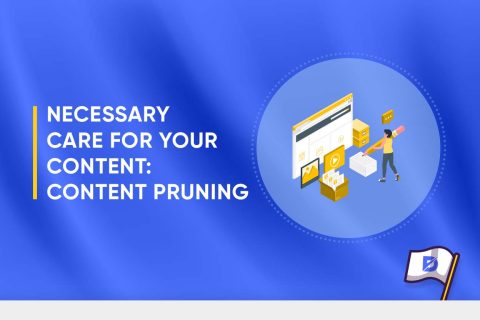
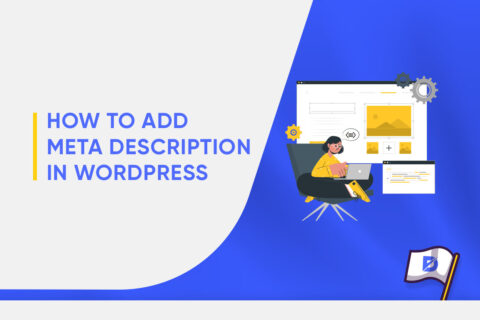
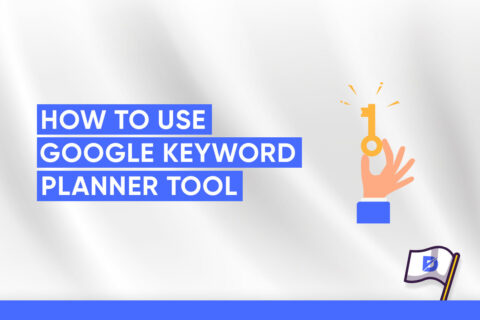
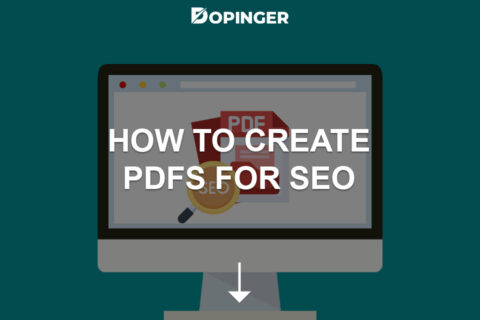
No comments to show.